Visit or Call Our Sleep Guide Texas Showrooms
Our Texas Showrooms Are Here To Help With All Your Favorite Online Brands! And We Offer Exclusive Coupons To Save More!
Learn MorePlease note, we are proudly supported by our readers. The product links are referral based and if you purchase an item we make a small commission. For more information please see our disclosure page.
Sleep is a natural part of being. Making the history of sleep seemingly slip our minds. But, taking a look back in time may help us understand how certain things came to be. And maybe even give us some insight into the future of sleep too.
Good sleep has always been a human goal. But for our distant ancestors, finding a spot that was warm and safe, even if not the most comfortable, was likely their top priority. After an exhausting day of stalking wooly mammoths, hunters needed to avoid becoming some other animal’s midnight snack. Archeologists tell us that even those early humans – very early humans – did their best create comfortable sleep.
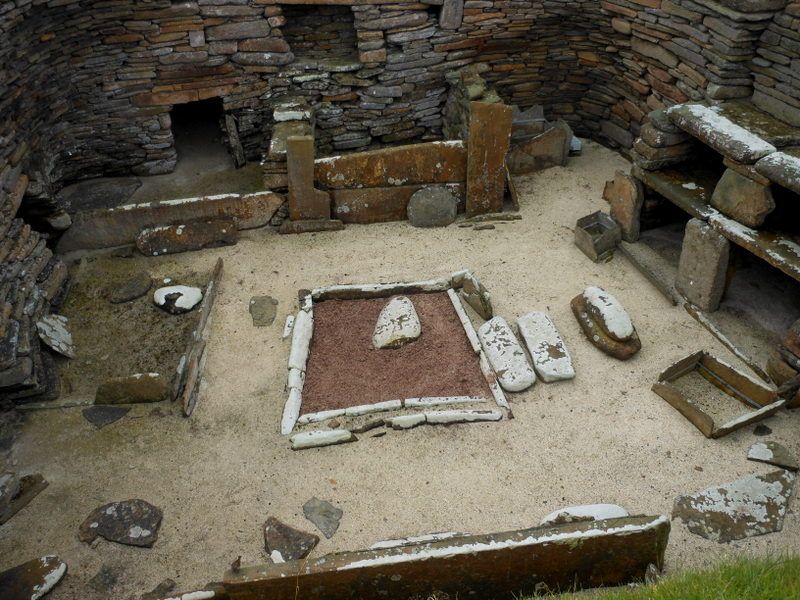
Other Stone Age bedding likely consisted leaves, branches and other vegetation. Than covered by animal skins. But, the best bedding was probably the family. Sleeping in a pile would have provided warmth and comfort.
Ever seen a stone-age carving of an idealized goddess? In 21st Century terminology we’d refer to them as, “Plus Sized.” Women with similar dimensions were probably popular as warm and comfortable sleep accessories. (I know that sounds sexist, but political correctness wasn’t with us back then).
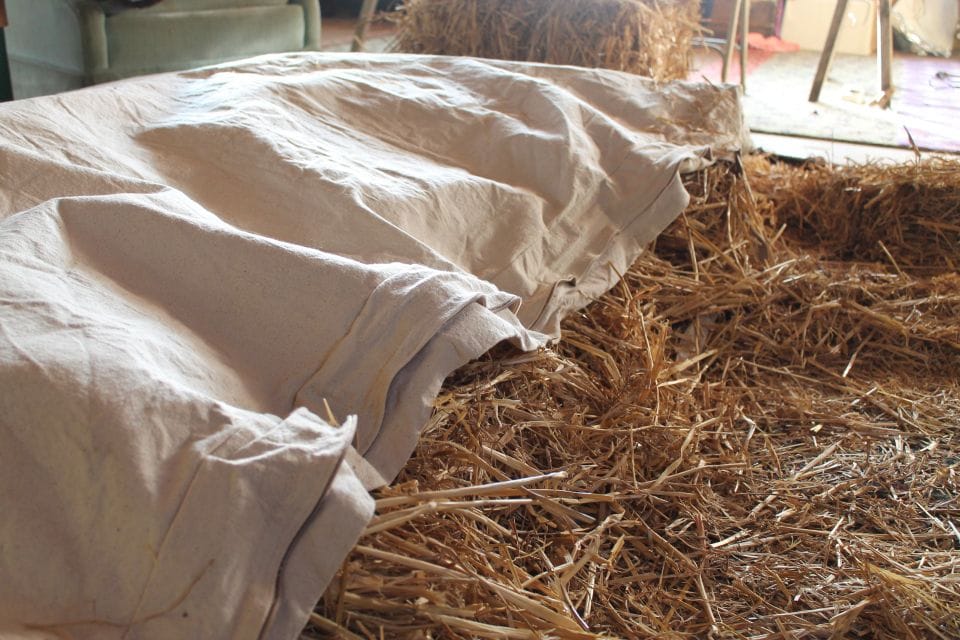
The desire for warmth and comfort probably meant most families still slept together in a pile. The warmest possible arrangement, and one that probably eliminated the need for future “birds and bees” talks with the kids.
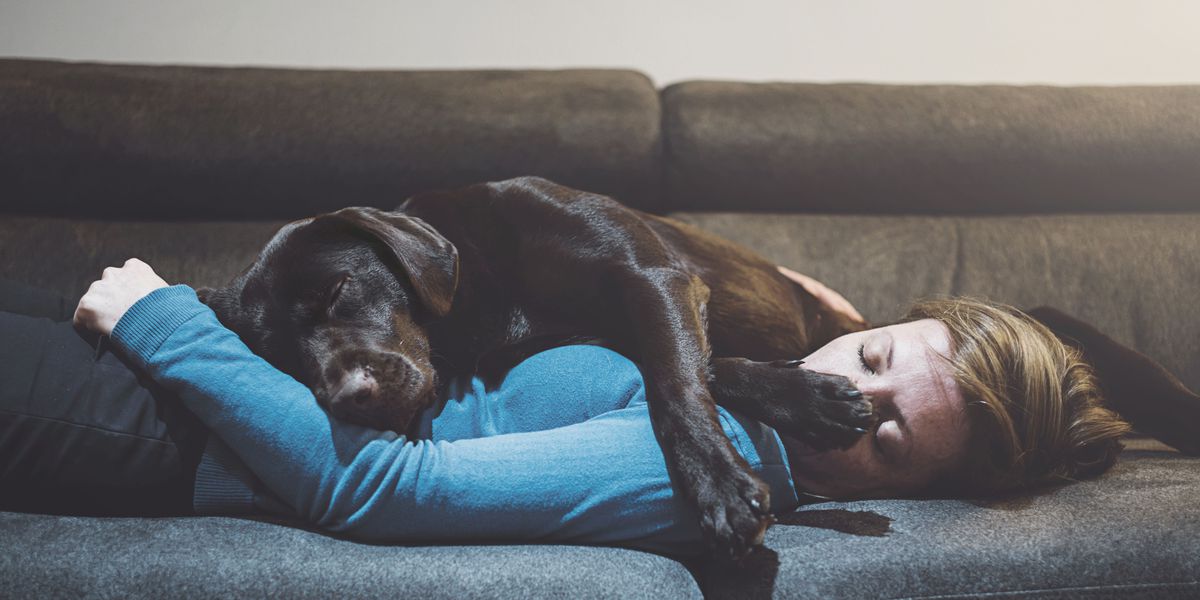
Much more recently, Europeans built houses in which the first level was occupied by livestock, the second level by people. The heat generated by the animals provided the humans above them with some of the warmth necessary for good sleep.

In Egypt’s Early Dynastic Period (circa 3000 BC), most common people still slept on reed mats on the ground, or on the floor. Though in dry-season hot weather, they place the mats on the flat roofs of their mud homes. It was in this time when the wealthy pursued good sleep on raised platform beds, supported by wooden legs.
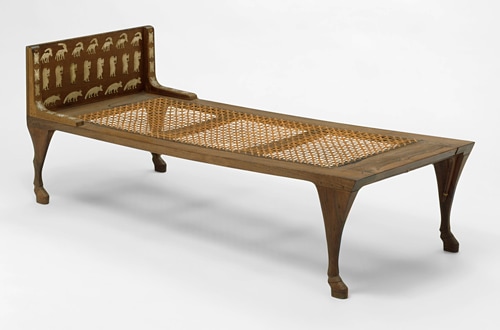
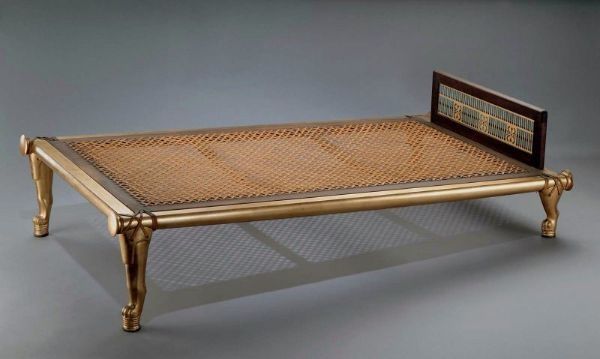
Advocates of the practice point to other species of mammals prefer to sleep on a head-higher-than-tail- incline that indicates it is a natural-world confirmation of the benefits. I don’t know about the analogy to human health. I once had a dog who liked eating horse poop, but I never saw him as a model for healthy living.
Learn More About Inclined Sleeping and other wacky sleep methods in Uncle CT’s blog: Untraditional Sleeping
The 4000 years after the First Egyptian Dynasty saw technical advances in many areas of life, especially in Classical Greece and Rome, but few meaningful changes in the instruments of good sleep – beds and bedding. Poor classes still slept on beds not much better than other poor people slept on for thousands of years – floor mats, or possibly on a few raised boards covered by a sheep hide or rough fabric. But, starting in Middle Age and Renaissance Europe, things began to change, at least for the well-off.
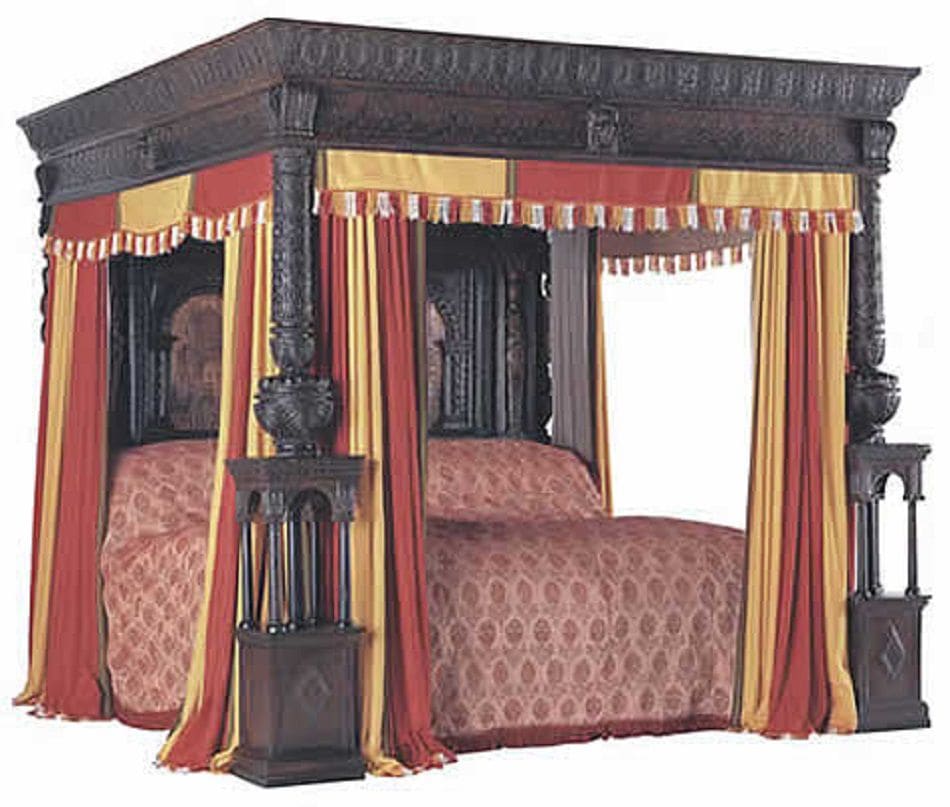
The addition of heavy surrounding curtains made those beds even more private spaces for good sleep – separate enclosures within the bedchamber that allowed the occupants to muffle noise, reduce light and eliminate intrusive observation by servants. Some voyeurism, however, was sanctioned, even mandatory on occasions of royal wedding ceremonies.
Beyond being the best available environments for good sleep, curtained beds were also the center of daily life. With the curtains open, beds were where royals and other upper-crusters spent much of their time receiving guests, transacting business, eating and drinking and otherwise entertaining themselves – all the while lounging on beds accessorized by the best available feather mattresses and pillows.
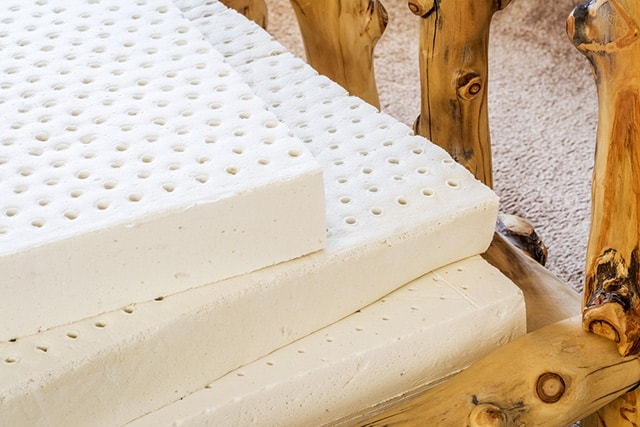
This caused each coil unit to compress separately from the others and supported the sleeper more evenly. Around this time, Dunlop, now known primarily as an automobile tire company, developed another innovation – the latex suitable for mattress construction. This made possible a new innovative foam that could be used for bedding. Not only does this foam come from a sustainable resource, but its natural benefit are ideal for sleeping.
Learn more about our top rated latex and latex hybrid mattresses HERE!
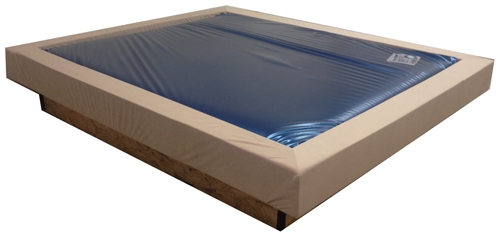
But there were drawbacks, one being that early models were not well compartmentalized. And that the wave sensation did not work well for some people. Other downsides were that waterbeds were a pain to set up and take down. And that a child with a sharp knife could cause a flood damage claim, not to mention a very angry landlord. The introduction of better baffles reduced the “at sea” feeling of waterbeds, but it was not enough to sustain the industry. Today, waterbed sales are close to non-existent, largely replace by foam mattresses.
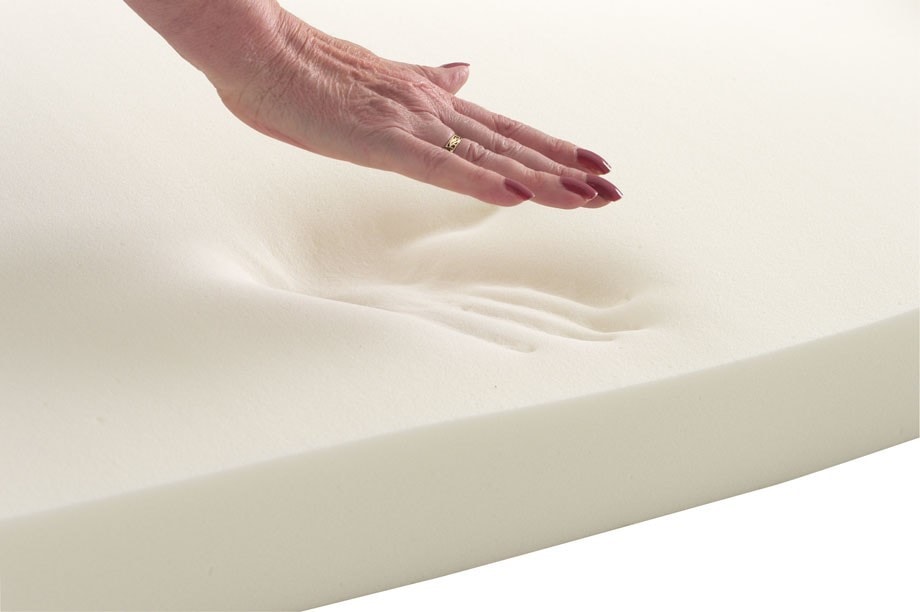
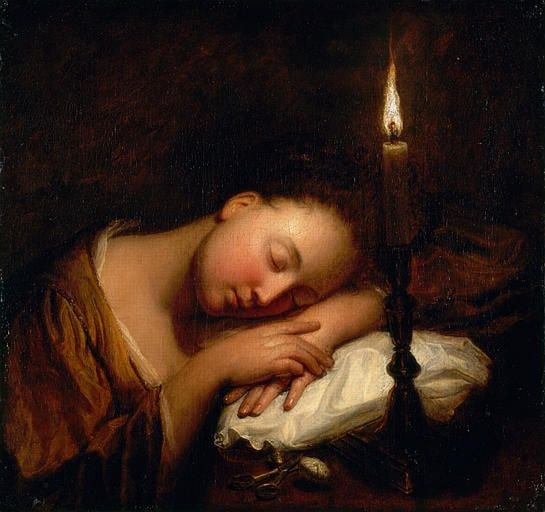
Inside spaces, both homes and businesses were also much darker than they are today. There were no “night shifts” possible in most workplaces. Lack of light even limited domestic work. It was hard to darn clothes, mend socks or feed the cows by candlelight – and candles were expensive to begin with. When night fell, especially in the nights of winter months, the best option was bed. Those long nights of darkness probably encouraged healthy sleep – and likely helped fill the nursery with children. Technology is not always our friend.
Interested in more about the sleep before and after electricity? Read my next article “Biphasic Sleep: Naturally Preferred” to lean more!
Our Sleep Guide’s outstanding contributing writer, Uncle CT is the writer of this article.
Our Texas Showrooms Are Here To Help With All Your Favorite Online Brands! And We Offer Exclusive Coupons To Save More!
Learn More